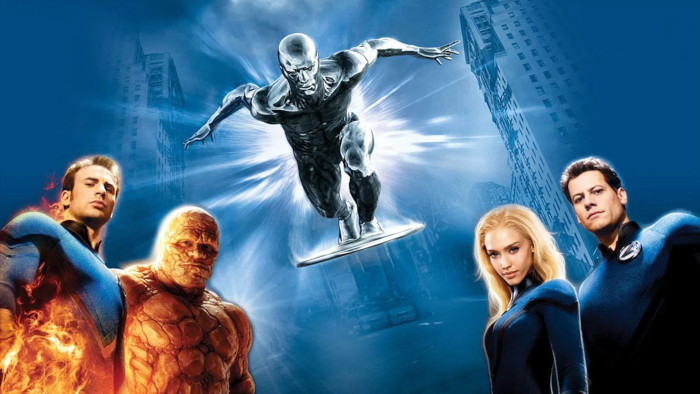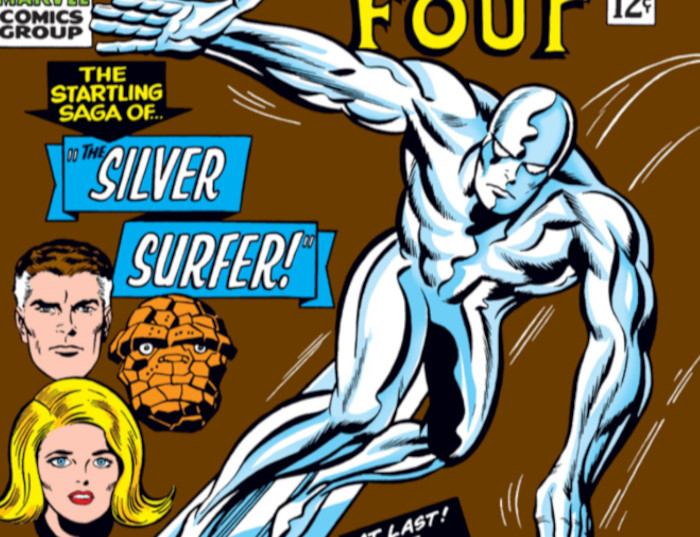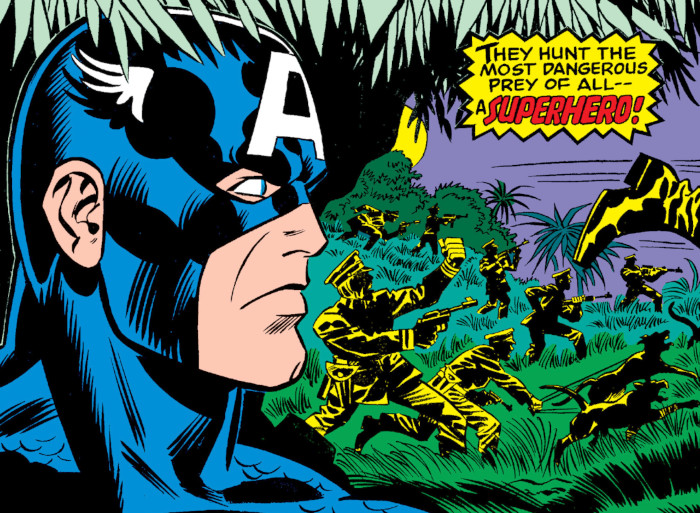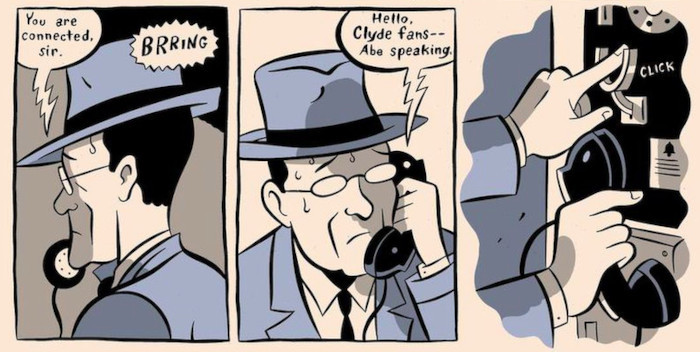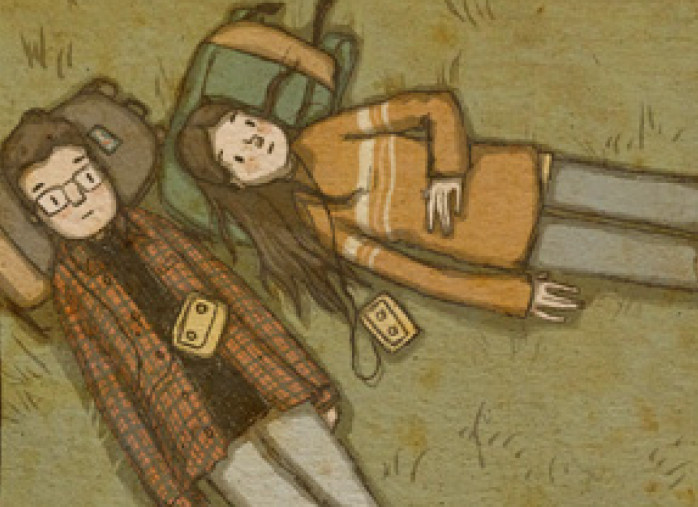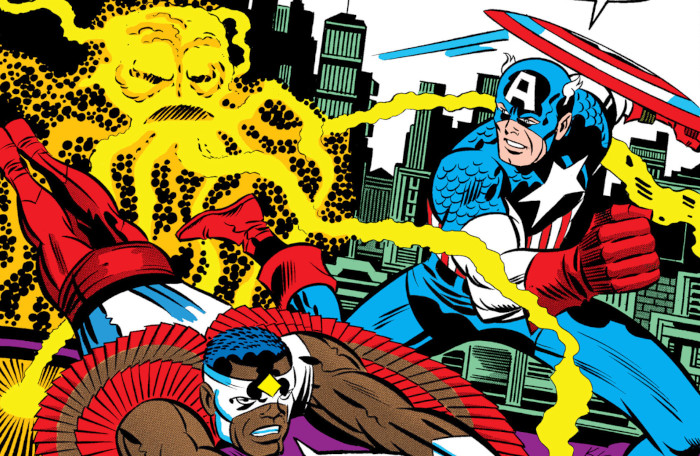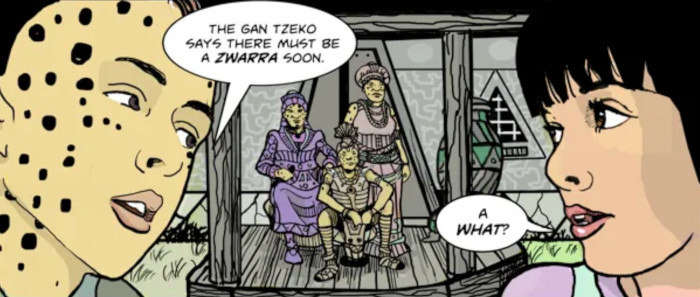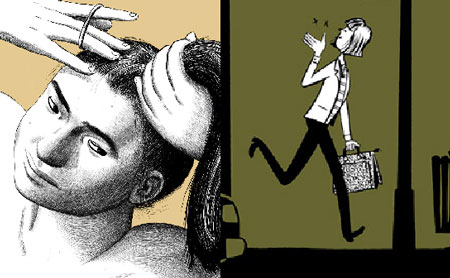
FLASHBACK! This week a wide-ranging discussion between two Canadians, Koom and Ian, about comics in Canada. The talk centers on Montreal-based publisher Drawn & Quarterly, and two books from their catalog: Michel Rabagliati’s 2005 book Paul Moves Out, and the latest from Jillian Tamaki, Boundless. Also, some deep background on the history and people behind Toronto comics shop The Beguiling. (Originally published August 7, 2017)
Brought to you by:
Podcast: Play in new window | Download


